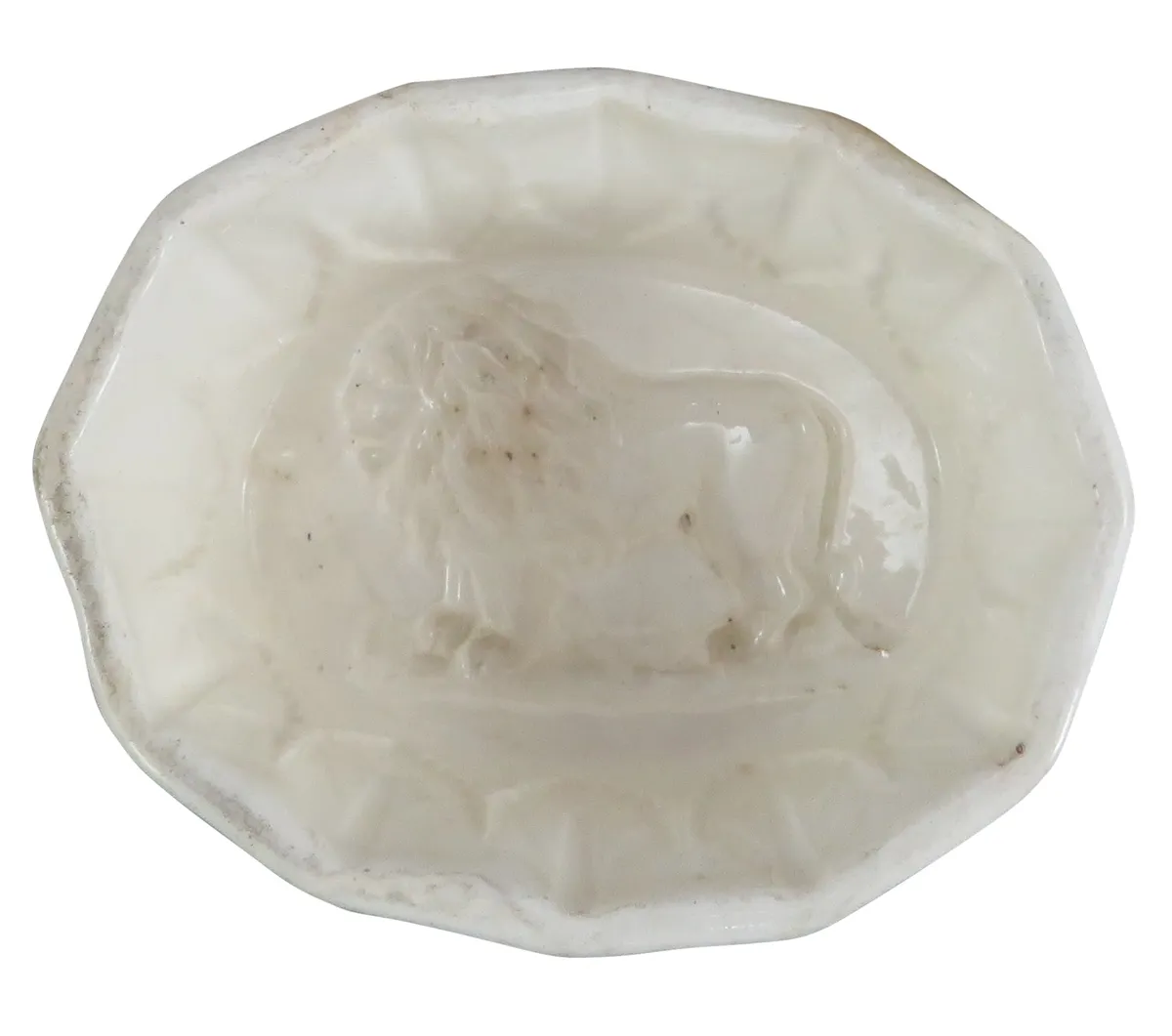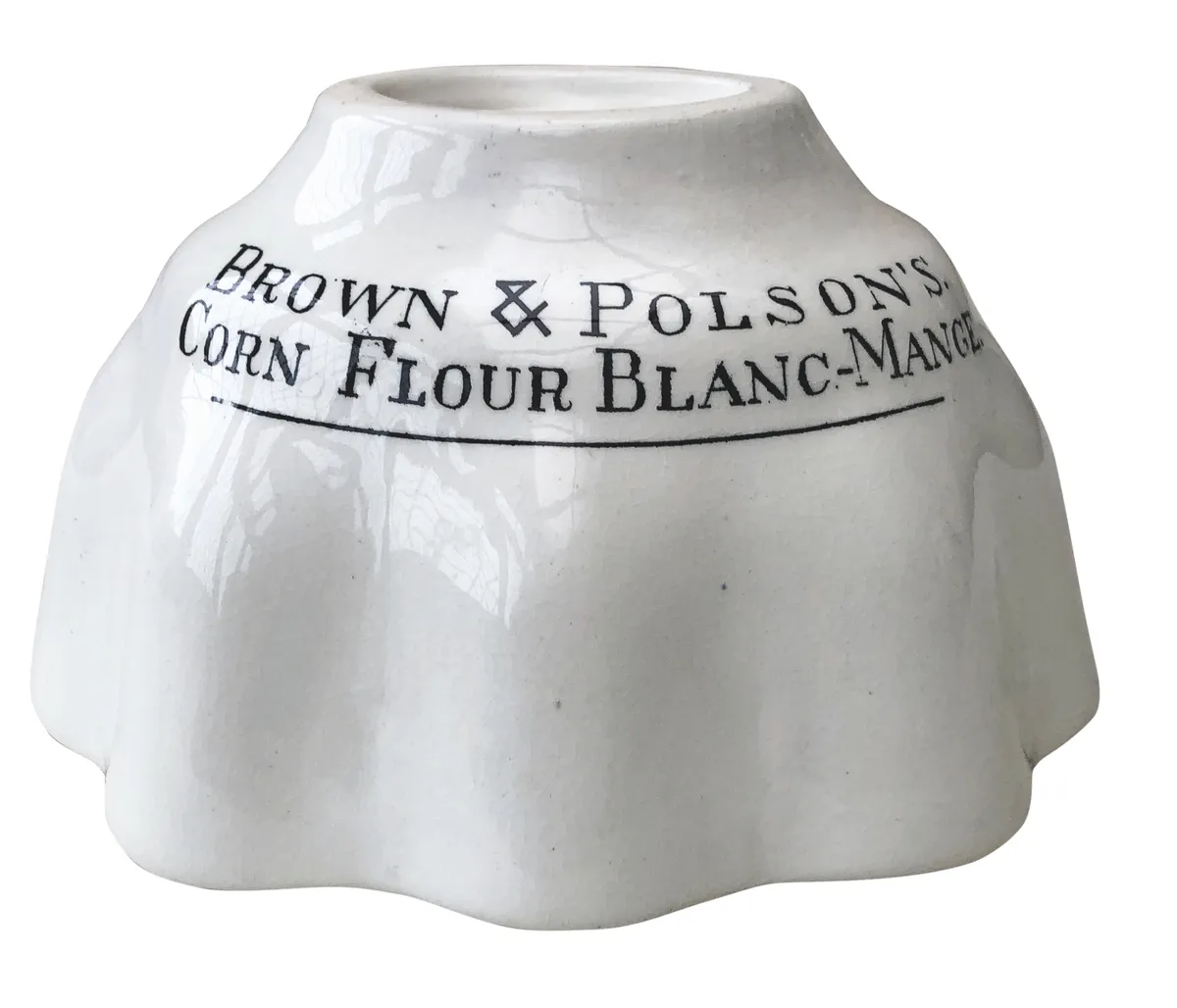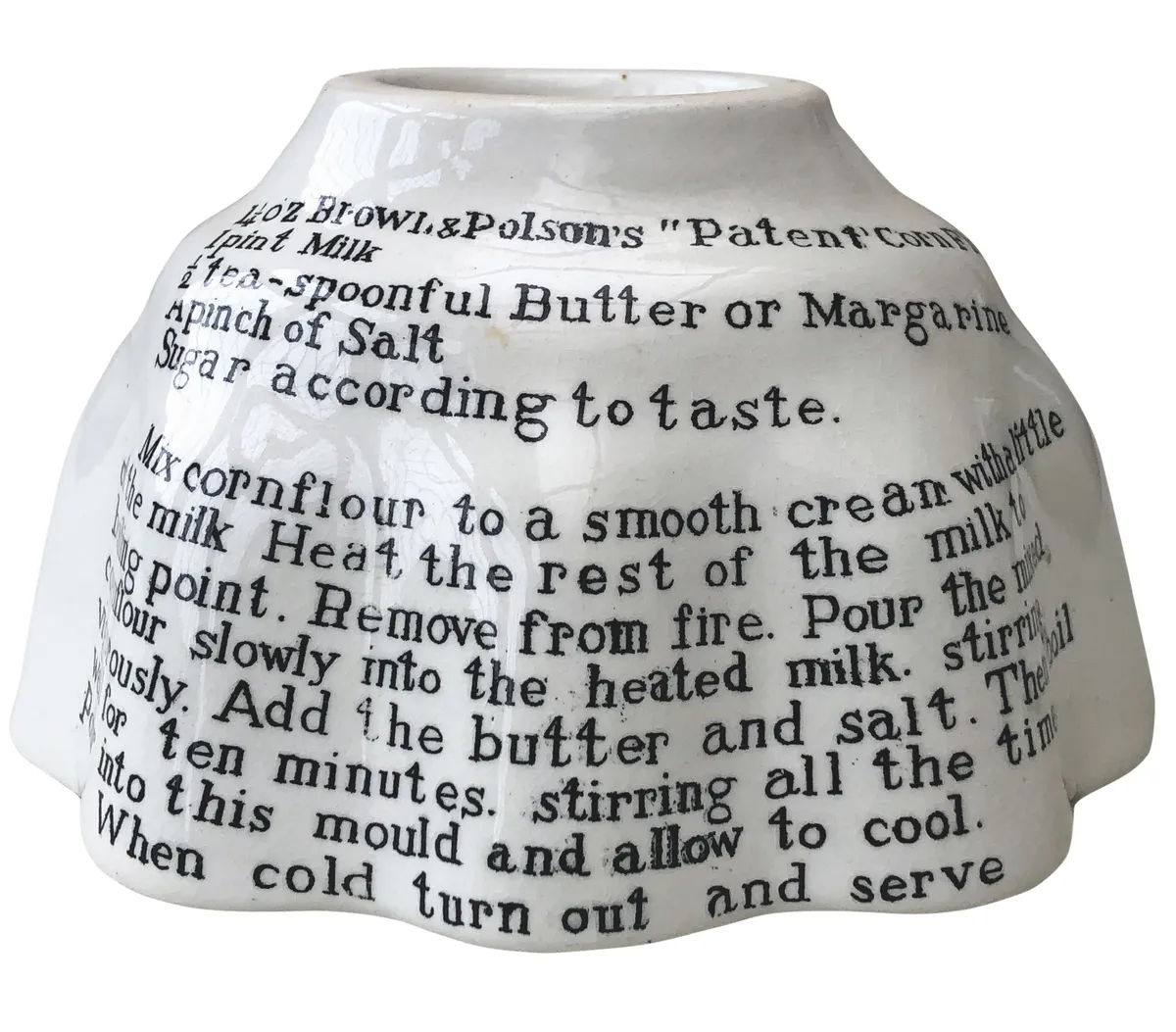What's the history of jelly?
Today, jelly is best known as a cheap dessert made using sugary concentrated cubes bought in plastic packets. But, in the past, making jellies was an art form and only for the wealthy. ‘The process required access to ice, which was a luxury,’ reveals food historian Dr Annie Gray. ‘There was no powdered gelatin available and it took two or three days to extract gelatin from calves’ feet, so you needed a cook, plenty of time and space. If you were doing a sweet jelly, you also needed sugar, which was very expensive until the 19th century.’The first jellies were recorded in the 1300s – mostly fish and meat ones. ‘They were flat, so not like the moulded jellies we know today,’ says Annie.
Jelly and Mrs Beeton
In the 1861 book Mrs Beeton's Book of Household Management, you get an idea of what Victorians regarded as a delicious jelly. Isabella Beeton describes them as 'solutions of gelatine in water, with wine, fruit and other additions' and says 'their clear, brilliant transparence [is] one of their chief recommendations'. She goes on to suggest 'adding a little gold or silver leaf' and includes recipes for sweet jellies as well as some 'nourishing' savoury ones, such as 'aspic jelly from calves' feet' and 'ivory jelly' for 'invalids' made with sherry, cloves and ivory dust. Yum!
What did early jelly moulds look like?
Natural moulds such as egg and scallop shells were used by the Tudors and Stuarts for jelly. ‘It wasn’t until the 17th century that jelly moulds were used for jellies as we know them today,’ explains Annie. ‘I steer clear of referring to multi-purpose culinary moulds as jelly moulds, because they were used to mould all sorts of things – potted meats, pies, cakes, blancmanges and puddings – far more than just jellies!’

By the late 1700s, makers such as Wedgwood were selling conical moulds and two-part core moulds where a beautiful patterned ceramic obelisk sat in the centre of a clear jelly, which magnified the colours within. ‘The heyday of jellies was the Georgian era,’ says Dr Gray. ‘They made white wine jellies and incredible theatrical ones, such as hens’ nests using flummery eggs and candied lemon peel jelly to look like straw.’ The Georgians also layered ‘ribbons’ of jelly together to make checked patterns.
Moulds were also popular with the Victorians, who enjoyed using intricate jelly moulds with liners – such as the Belgrave turret-shaped mould or the Macedoine domed mould, designed to create a centre of fruit or cream visible through the outer layer of clear jelly.

How can you start a collection of antique jelly moulds?
‘The jelly mould is a popular area for collecting today,’ says Dr Richard Halliday, Head of Curated Ceramics at Hansons Auctioneers. ‘They were made in various materials, including glass, metals and ceramics and have endured a long production period of many, many hundreds of years.’
Ceramic moulds are particularly collectable as they transcend a single theme. ‘They present interest to a wide variety of potential collectors and historians, including those who collect by factory, period, material, style or genre (such as kitchenalia) and for those who want to use them and recreate recipes from bygone eras,’ explains Richard.
Hansons Auctioneers sold a vast collection of over 400 jelly moulds in July this year, which were amassed by the late collectors Arthur and Julia Roberts. ‘This collection covered the early period of production, with late 18th-century creamware moulds, through the ages and developments into the Victorian period,’ says Richard. ‘The prominent ceramic makers were covered too, with moulds by Spode, Wedgwood, Leeds Pottery, Davenport, Minton and Copeland.’

Copper moulds, particularly those made in the 19th century by London metal-workers’ firm Benham & Froud are also highly sought after, fetching £60-£240 each at auction. A copper mould decorated with the cipher ‘VR’ (Victoria Regina) entwined with a crown and stamped with the firm’s orb and cross trademark fetched £625 in an auction at Bonhams last year.
Moulds that are decorated with advertising slogans or recipes are popular with collectors too, and people who just want one or two as vintage accessories to bring some charm to their kitchen.
‘In general, antique advertising items have recently doubled in price and advertising jelly moulds are no exception,’ says Mikki Towler of The Antique Kitchen. ‘Always try to buy moulds that are in good, clean condition. The better the condition, the more they hold their value or increase.’

How can you use an antique jelly mould?
Jelly moulds are designed to be used as well as admired and are useful additions to your kitchen inventory. ‘There’s no point having an antique mould if you’re not going to use it,’ says Annie. ‘It’s like having a first-edition book and not reading it.’
See how to decorate with antique jelly moulds
Jelly makes for a star attraction at a party - so it's no wonder we're all aquiver for antique jelly moulds! Here's how to create beautiful displays with antique jelly moulds in your home...
Where can you buy antique jelly moulds?
• The Antique Kitchen, theantiquekitchen.co.uk
• Hemswell Antique Centres, hemswell-antiques.com
• The Vintage Kitchen Store, thevintagekitchenstore.co.uk
• J Frances Antiques, jfrancesantiques.co.uk
• Legacy Antiques and Collectibles, legacyantiques.co.uk
Where can you see antique jelly moulds?
• Food historian Ivan Day has a huge collection of jelly moulds. He runs cookery courses and teaches students how to use antique moulds. Find out more at Food History Jottings – foodhistorjottings.blogspot.com – and historicfood.com/moulds.htm
• The stately home Erddig in Wrexham has a stunning array of copper moulds to admire.nationaltrust.org.uk/erddig
Words: Ellie Tennant